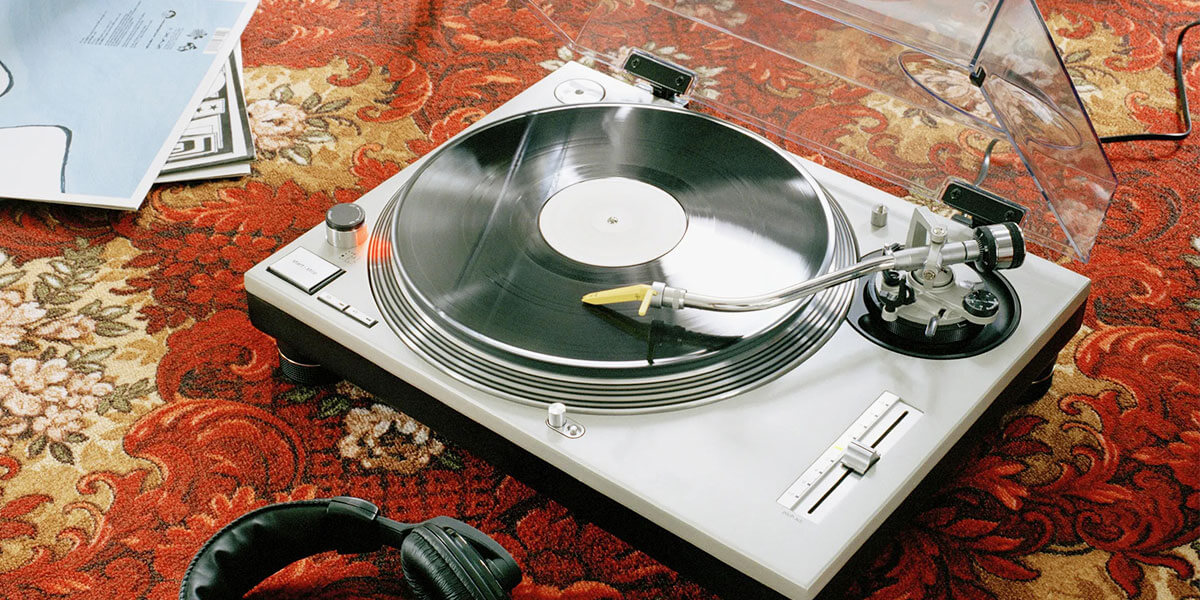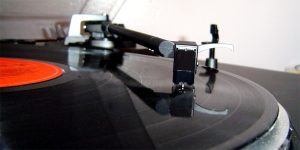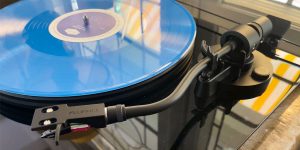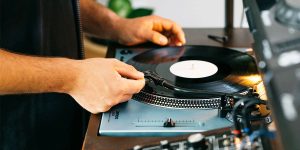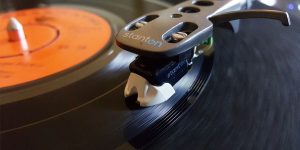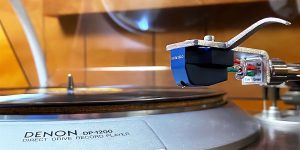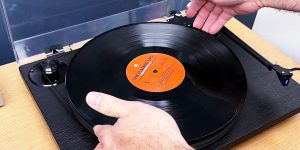Every vinyl enthusiast knows the significance of a clean record. The clarity of sound, the reduction in pops and clicks, and the longevity of both the vinyl and the stylus are greatly influenced by how clean a record is. But did you know there’s a long-standing debate surrounding the idea that you can clean records playing it? Indeed, beyond the conventional methods, there are unconventional beliefs and methods surrounding vinyl care. Are you ready to uncover the vinyl enigma?
The myth of self-cleaning records
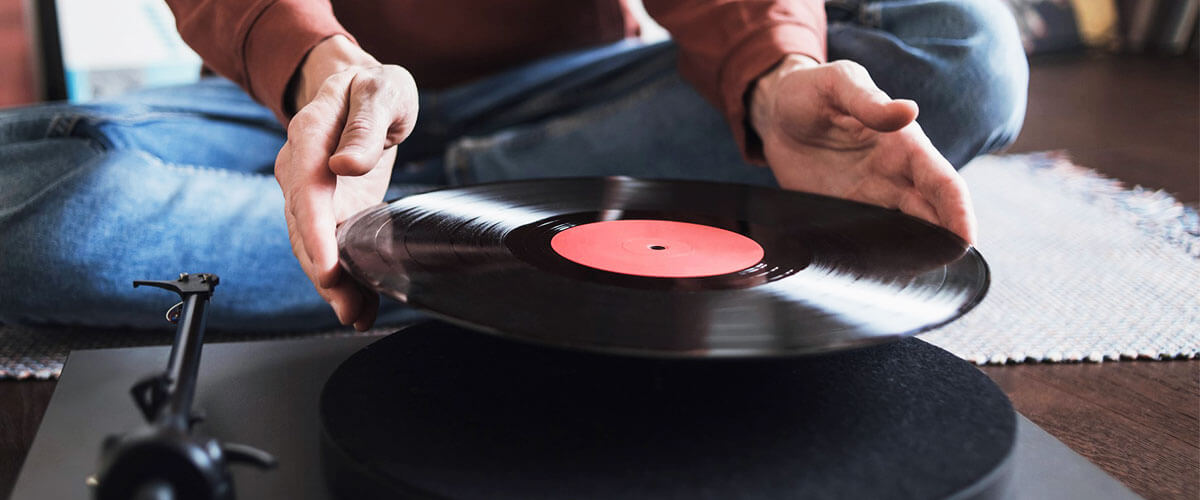
The allure of vinyl has always been more than just the music; it’s wrapped up in the tactile nature of the medium, the artwork, and the rituals associated with its use. But among the tales passed down through generations of vinyl enthusiasts is a particularly intriguing one – whether playing a dirty record can actually clean the grooves. This idea leads to the broader myth that simply playing a record can serve as a cleaning method.
Origins of the myth:
When records were first introduced, they were often advertised as being robust and durable. In an era where dust and grime were more pervasive due to factors like open windows and tobacco smoke, it was important to assure consumers that their recordings would stand the test of time.
Perpetuation of the myth:
- Record manufacturers & advertisers: Some manufacturers and advertisers, perhaps eager to ease potential customer concerns, perpetuated the notion that playing a record would help maintain its pristine condition.
- Needle friction: They posited that the friction created by the stylus, moving through the grooves, effectively brushed away any debris.
Common misconceptions:
- The belief that minor surface noise might be ‘played out’ after a few spins.
- The idea that records get cleaner the more they’re played because the stylus acts as a mini brush.
Can playing a record clean it?
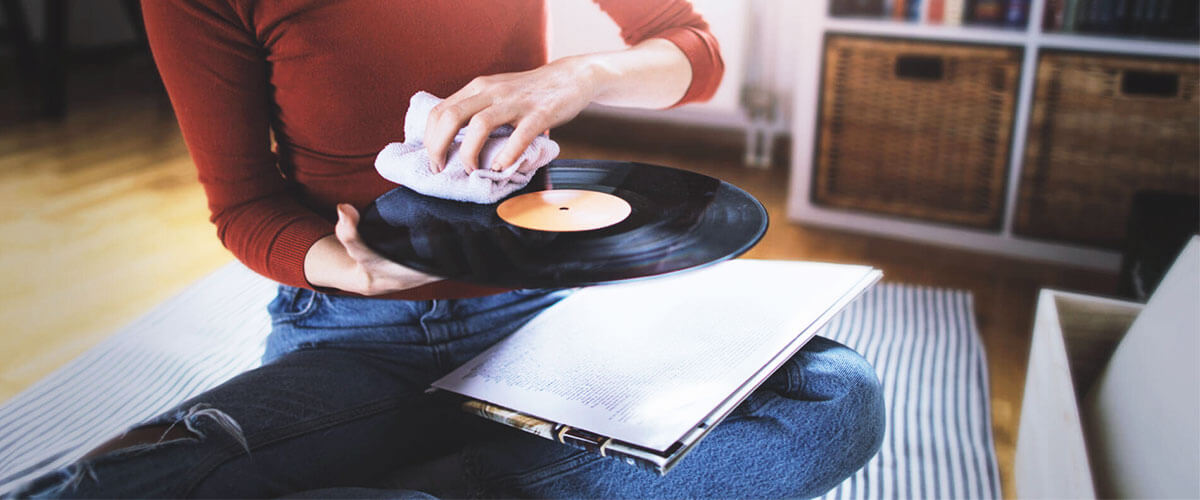
While the nostalgic aura surrounding vinyl records and their inherent rituals is enchanting, the recurring question “does playing a record clean it?” often emerges. The notion that merely playing them can serve as a cleaning method is largely misguided. Let’s delve into the reasons why playing a record might not only be ineffective in cleaning it but could potentially cause harm:
- Embedding dirt into grooves: The movement of the stylus (needle) through the grooves can actually push dirt and debris further in.
- Static charge attraction: As a vinyl record spins, it can generate a static charge. This static can attract more dust and particles from the environment, causing them to adhere to the record’s surface even more stubbornly.
- Risk of physical damage: Playing a particularly dirty or damaged record poses a real risk. The needle can encounter large particles or imperfections, leading to physical damage to the grooves.
- Stylus wear and tear: Dirt and debris act as abrasive agents. When a stylus navigates through a dirty groove, it’s not just the record that’s at risk.
In summary, while the act of playing might seem like it provides a brushing effect, the reality is that it’s far more complex and risky. It’s always recommended to clean records before playing them. Proper cleaning methods remain essential for preserving the integrity of both the record and the stylus.
Concise guide on how to properly clean vinyl records
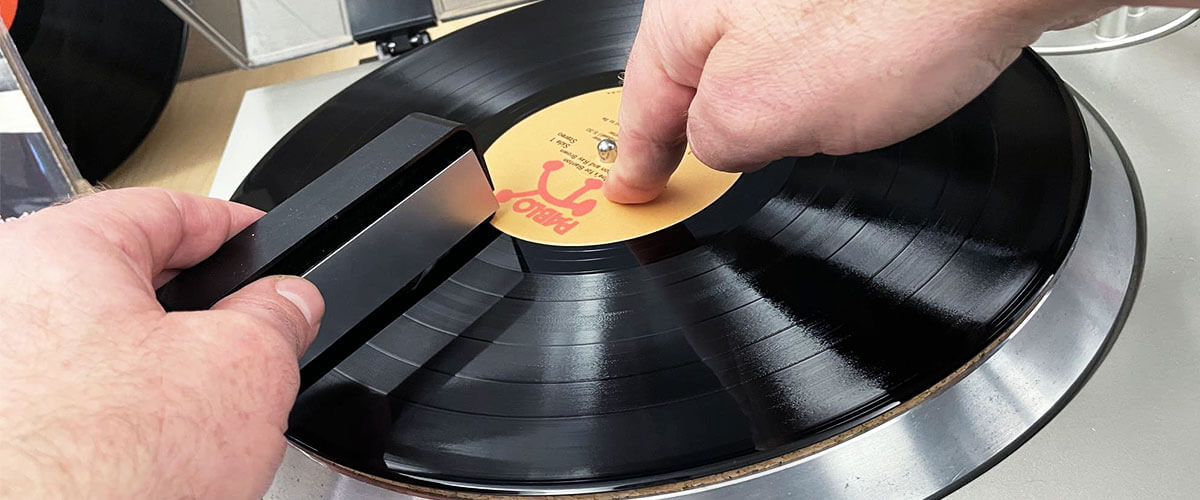
Here’s a succinct guide to ensure your vinyl stays in pristine condition:
- Dust removal: Gently sweep the record’s surface in a circular motion to remove dust and debris.
- Apply cleaning solution: Evenly apply a few drops of dedicated vinyl record cleaning solution across the surface, ensuring the label remains dry.
- Distribute the solution: Gently spread the cleaning solution across the entire record surface.
- Wiping off: Carefully wipe the record, moving in the direction of the grooves (from the center outwards).
- Thorough drying: Allow the record to air dry completely before playing.

